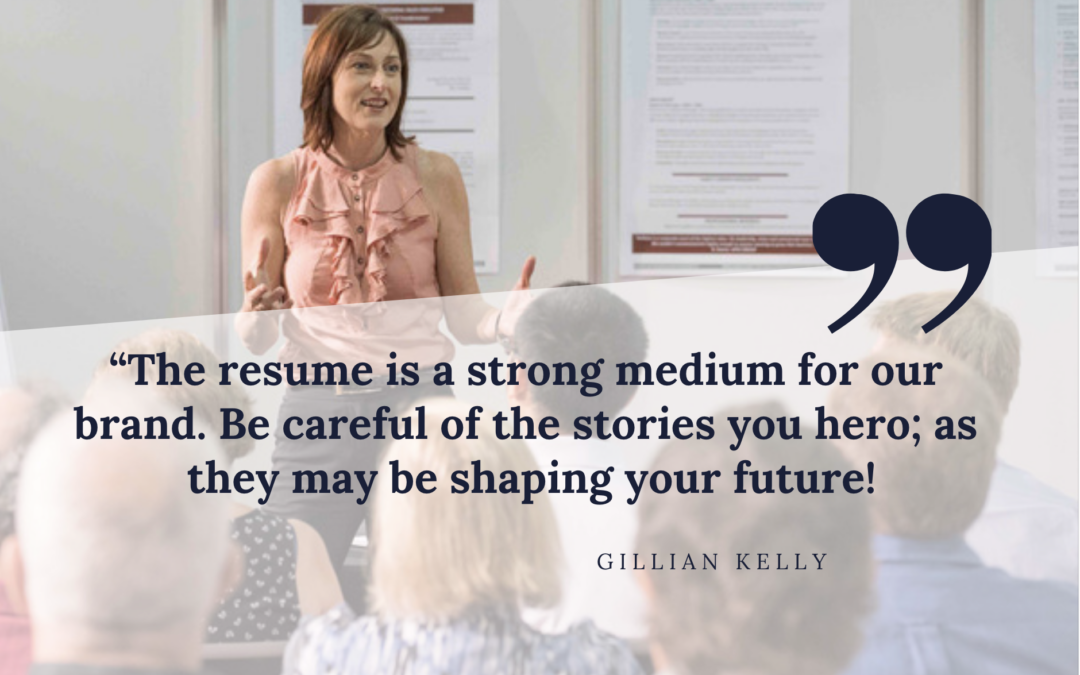When is a resume that’s winning interviews not a good resume? It can be deceiving.
Recently I was working with an executive whose resume seemed stellar. When I read it, I could see how valuable she’d appear to hirers looking for her expertise, and I knew job offers would follow. Sounds brilliant right? Unfortunately this time it wasn’t.
Sometimes a good resume can take you to the wrong places.
When I spoke to her, I could tell that while she was great at this part of her role, it drained her. Brilliant as she was at it, she admitted feeling burnt out. The problem was, inadvertently, she’d built a reputation around doing things she did well, but didn’t enjoy. Early in her career a good project outcome had led to her highlighting this achievement in her resume. As a result, this then led to more work offers in the same type of area. Before she knew it she had been type-cast as an expert in a type of role she didn’t choose.
Her resume content choices had led to her brand being developed by default not design.
 As we kept talking, I started to hear her voice animate as she talked about other parts of her roles she had loved. She shared stories she hadn’t in her resume. Stories about times she had made a real difference to performance. Where she had redefined culture and left a lasting legacy of organisational engagement and pride. After deep discussion about her roles, we were able to pinpoint her ideal position, and as a result a strategy to shift her career and brand in this direction. This meant controlling and changing her narrative.
As we kept talking, I started to hear her voice animate as she talked about other parts of her roles she had loved. She shared stories she hadn’t in her resume. Stories about times she had made a real difference to performance. Where she had redefined culture and left a lasting legacy of organisational engagement and pride. After deep discussion about her roles, we were able to pinpoint her ideal position, and as a result a strategy to shift her career and brand in this direction. This meant controlling and changing her narrative.
A great resume isn’t about the past, it’s about the future. It’s your pitch – not just your story. Take control of your positioning and messaging.
With her new goal we next took control of her messaging and positioning to begin to reframe her brand in line with her objectives. To do this we:
- Reshaped her resume headline and opening profile to repackage her skills and take charge of her positioning.
- Redesigned each role to minimise (not eliminate) the focus on the areas she wanted to strategically move away from. We also worked to bring more focus and weight to her ‘relevant skills’ in the areas she was targeting.
- Selected a range of career highlights to feature in the top third of her resume that reinforced her relevant skills with clear evidence of her impact in these roles.
- Adjusted her LinkedIn profile and introduced a new branded banner, headline and content aligned to her current goals.
We then collaboratively created a strategy to source, target and pursue her ideal role. Shifting an established brand takes time and careful design of your resume but its worth it. Take control and you can move into areas where you thrive. If you want to create a career you want, not a career by default, ask our team how to build your brand. The actions you take today will impact the career you have tomorrow

